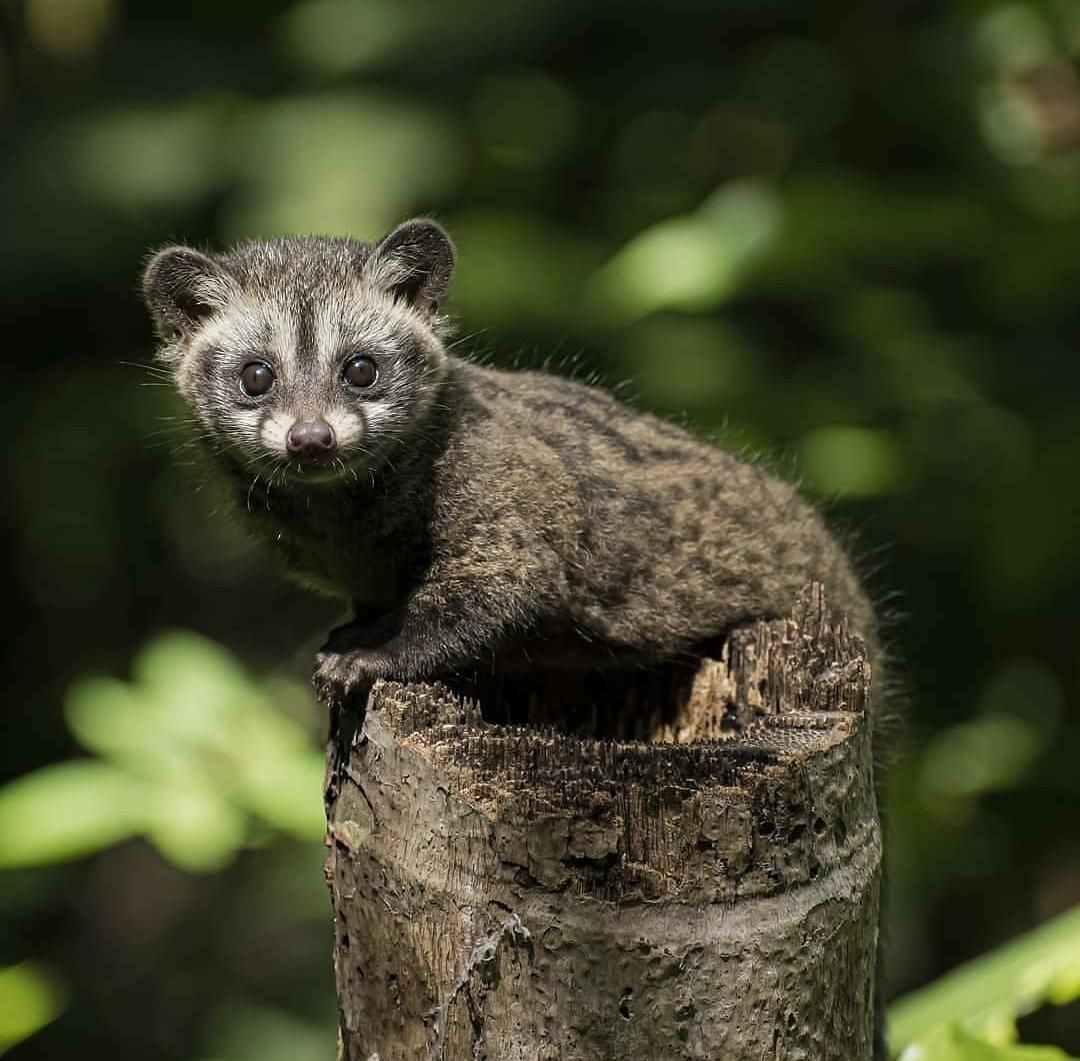Kopi Luwak
Source: images.solopos.com
Kopi Luwak is a coffee that comes from the islands in Indonesia, Java and Sumatra, islands in Indonesia famous for their top-notch coffee. The coffee beans were first discovered and collected by native farmers in Indonesia during the colonial period of the 19th century when the Dutch forbade local farmers from harvesting their own coffee. It is produced from partially digested coffee beans by Indonesian palm civets and then excreted. With its uncommon method of production, Kopi Luwak has a high price when compared to other coffees there are out there and because of its uncommon method of collecting, the production of Kopi Luwak is not so big which results to the coffee being called the world’s most exclusive and most expensive coffee.
Source: assets.pikiran-rakyat.com
The picture above is a picture of an Asian Palm Civet that produces the Kopi Luwak we’re all drinking right now. As said before, this coffee has a unique way of making. First, the civets eat the ripe coffee cherries. Then, digestive enzymes in the civets break down all the proteins in the coffee beans. That process removes the bitterness from the coffee and increases the smoothness of Kopi Luwak.
As a result, Kopi Luwak has a noticeably not bitter taste but intensely aromatic. It has a really complex taste that is smooth, earthy, and sweet with a hint of chocolate. The civets sort through the coffee beans and discards any low quality or damaged fruits that resulted in a guaranteed quality of coffee beans or as said “The high of the highest quality”. Furthermore, civet’s digestive system improves the flavor of the coffee.
From the process steps explained before, it can still be more detailed than that. First, the coffee beans originate from the coffee tree (Coffea), an evergreen flowering plant native to tropical Africa and Asia. Second, coffee beans/seeds from the coffee tree are eaten by small mammals that belong to the Viverridae family named the Palm Civets or known as Luwak. Third, during the digesting process, the coffee cherries and its pulp are removed but the coffee beans are not digested. Due to the fermentation process, it produced the unique flavor of Kopi Luwak. Fourth, after about 24 hours, the coffee beans are secreted by the civet and are washed dried, pounded to remove the skin, and sorted to finally be roasted. Lastly, the coffee beans are ready for consumption and are 100% safe to drink. The beans are thoroughly cleaned and then roasted at a high temperature for over 400 Fahrenheit.
References:
https://kopiluwakdirect.com/faq/
http://www.kopiluwak.org/baru/index.html
https://www.kayakopi.com/what-is-kopi-luwak
https://www.britannica.com/topic/Kopi-Luwak
Image Sources:
https://assets.pikiran-rakyat.com/crop/0x0:0x0/x/photo/2021/07/23/3592522073.jpg


